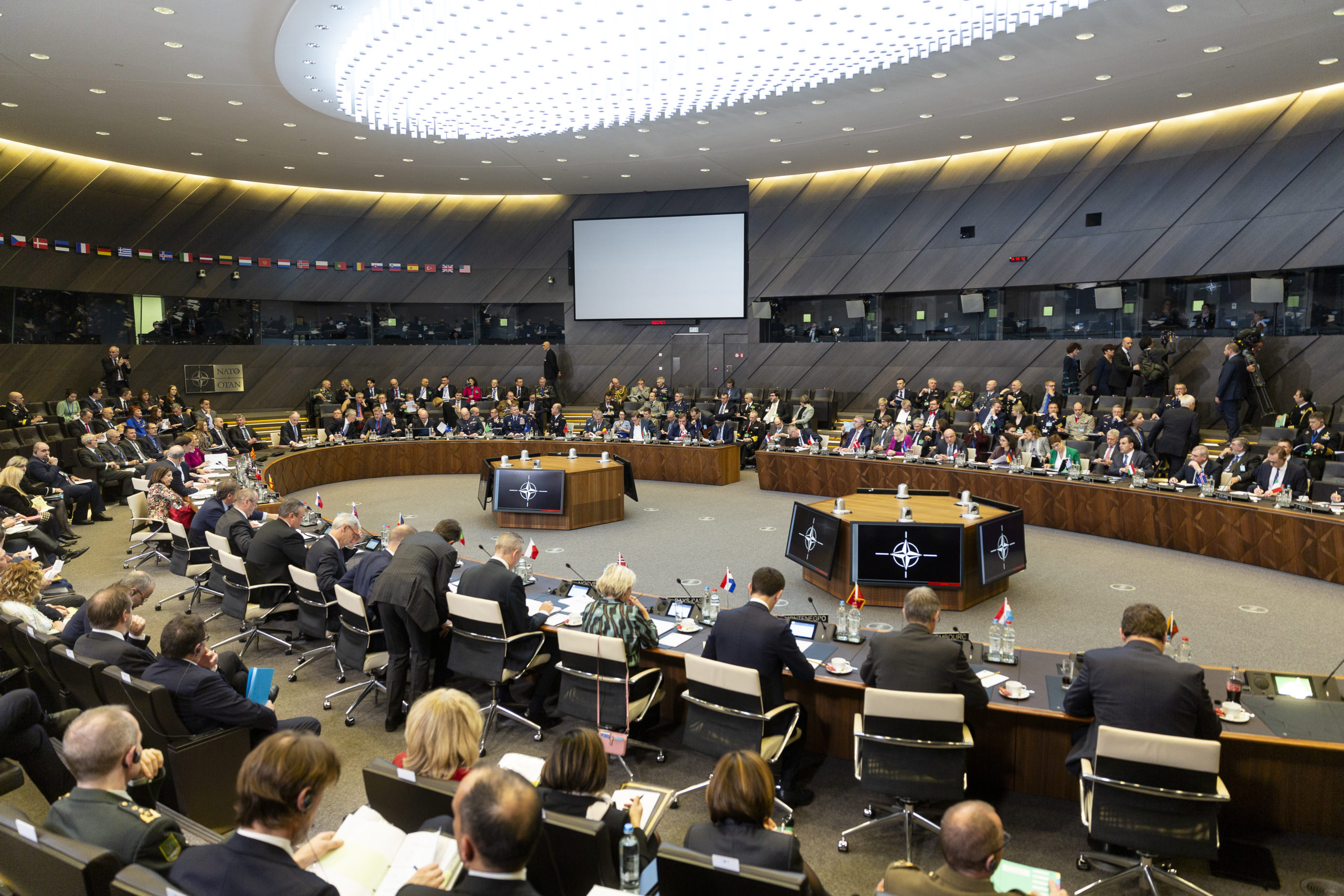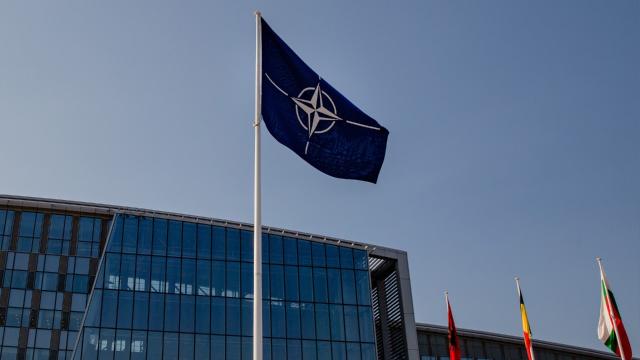Given the current news of Russia’s invasion of Ukraine, there has been a lot of discussion about what NATO is, particularly its role in dealing with international disputes. With the U.S. moving its troops to NATO allied territories, there have been many questions revolving around how NATO can help Ukraine.
Many people in Australia may not have heard of NATO before -mainly because they operate within the Northern Hemisphere, predominately within Europe. However, they still play a significant role in maintaining peace and security amongst nations, both within their member states and across the globe.
Knowing what NATO is will help give you a little more context when you’re reading about the current state of affairs across the globe. To assist with that, this week’s Ask LH is dedicated to understanding the basics of NATO.
What is NATO?
The North Atlantic Treaty Organisation (NATO), also known as the North Atlantic Alliance, was founded following the Second World War in 1949.
NATO was established after its founding Treaty (also known as the Washington Treaty) was signed in Washington in 1949.
Initially, there were 12 signatory members of the Treaty. Ten of these were European nations: Belgium, Denmark, France, Iceland, Italy, Luxembourg, the Netherlands, Norway, Portugal and the United Kingdom.
The other two were the North American nations of Canada and the United States.
At present, NATO has 30 members. These include:
- Greece and Turkey – since 1952
- Germany – since 1955
- Spain – since 1982
- The Czech Republic, Hungary and Poland – since 1999
- Bulgaria, Estonia, Latvia, Lithuania, Romania, Slovakia and Slovenia – since 2004
- Albania and Croatia – since 2009
- Montenegro – since 2017 and;
- North Macedonia – since 2020
Australia is not a member of NATO, due to geographic location, but is referred to as one of their “partners across the globe.“
By signing the Treaty, nations become allies who must commit to democracy, individual liberty and the rule of law.
As NATO followed the horrors of World War 2, striving for peaceful resolutions of disputes is one of the more important parts of the Treaty.
The most important aspect of the Treaty, and one that NATO has centred itself around, is collective defence. This means that if one of the member nations comes under attack, it means that all of the members are under attack. As such, each member nation can join the fight to help their fellow member.
NATO is sometimes confused with the United Nations. While the two do share similarities, their core purposes are vastly different.
The U.N seeks to avoid war at all costs through peacekeeping, negotiations and campaigning. On the other hand, NATO is designed to fight a war, if necessary, with a militarised alliance.

Why was it created?
There were three primary purposes at the core of NATO’s establishment back in 1949.
These were:
- Secure peace in Europe
- Promote cooperation amongst members
- Guard member’s freedoms
NATO was also established in response to the increased threat posed by the Soviet Union at the time.
Most of the original members wanted to come together and form an alliance to act as a counterweight to the growth of the Soviet army across central and eastern Europe.
The Cold War then went on to define NATO’s work and alliance for its first 40 years.
NATO also ensures that the European members’ security is linked to the North American members’. This establishes a shared interest in keeping all the members safe from potential threats.
What is significant about NATO is that it provides an open platform for communication and cooperation between nations that would probably not have much to do with each other otherwise.
It also means that smaller nations with less military capabilities can become allies with those boasting large armies and powerful weaponry.
Who can join NATO?
The Treaty allows any European nation to join the alliance on the condition that all existing members agree.
For a nation to be considered eligible for acceptance into NATO, there are particular prerequisites they must satisfy.
Here’s a quick explainer video of NATO’s joining process.
Understanding NATO’s joining process is significant because it isn’t a simple one-step process when nations like Ukraine want to join; it takes time and requires all 30 members to agree.
Anyway, we hope this helps clear up the question of what NATO is for all of you reading along at home. If you’d like to keep reading through our weird and wonderful library of Ask Lifehacker articles, may we suggest you look at how often you should clean your phone or where should you store your tomato sauce next?

Leave a Reply
You must be logged in to post a comment.